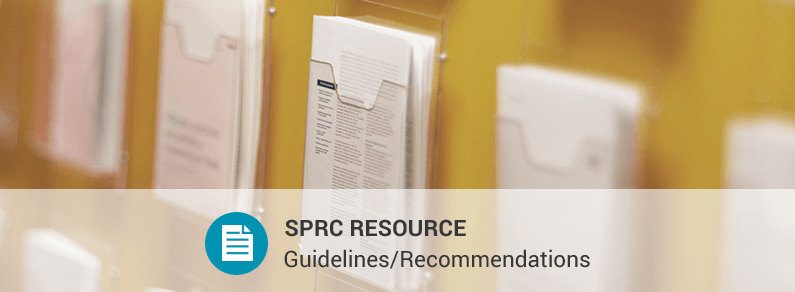Culturally Competent Approaches

Your suicide prevention efforts will more likely be effective if they are based on the values, needs, and strengths of the groups you are trying to reach. Suicide prevention efforts should be respectful and responsive to groups’ beliefs, practices, and cultural and linguistic needs and preferences. Factors to consider include not only race and ethnicity, but also age, education, physical and mental health, gender identity, sexual orientation, occupation, religion, and other characteristics.
Actions to consider:
- Research and understand the cultural context of the community targeted by your program.
- Ensure that your team includes a diverse representation of members from your target population throughout the planning, implementation, and evaluation processes.
- Tailor information and resources to respectfully address your target population’s values, beliefs, culture, and language. Use alternative formats (e.g., audiotape, large print, storytelling) whenever appropriate.
- Create an open dialogue with group members to allow cultural considerations to be communicated, such as preferences regarding personal space, geography, familiarity, and terminology (i.e., words that should be used or avoided).
- Explore our Best Practices Registry, a library of suicide prevention programs and interventions that incorporate best practices, national frameworks and culturally relevant approaches.
See the sections of our website on Populations and Settings to learn more about suicide prevention and specific groups. In particular, check out the sections on Racial and Ethnic Groups; American Indian/Alaska Native Settings; and Lesbian, Gay, Bisexual, and Transgender People.
Recommended Resources

Creating Linguistically and Culturally Competent Suicide Prevention Materials

TIP 59: Improving cultural competence

Community readiness for community change

Guidance for Culturally Adapting Gatekeeper Trainings

